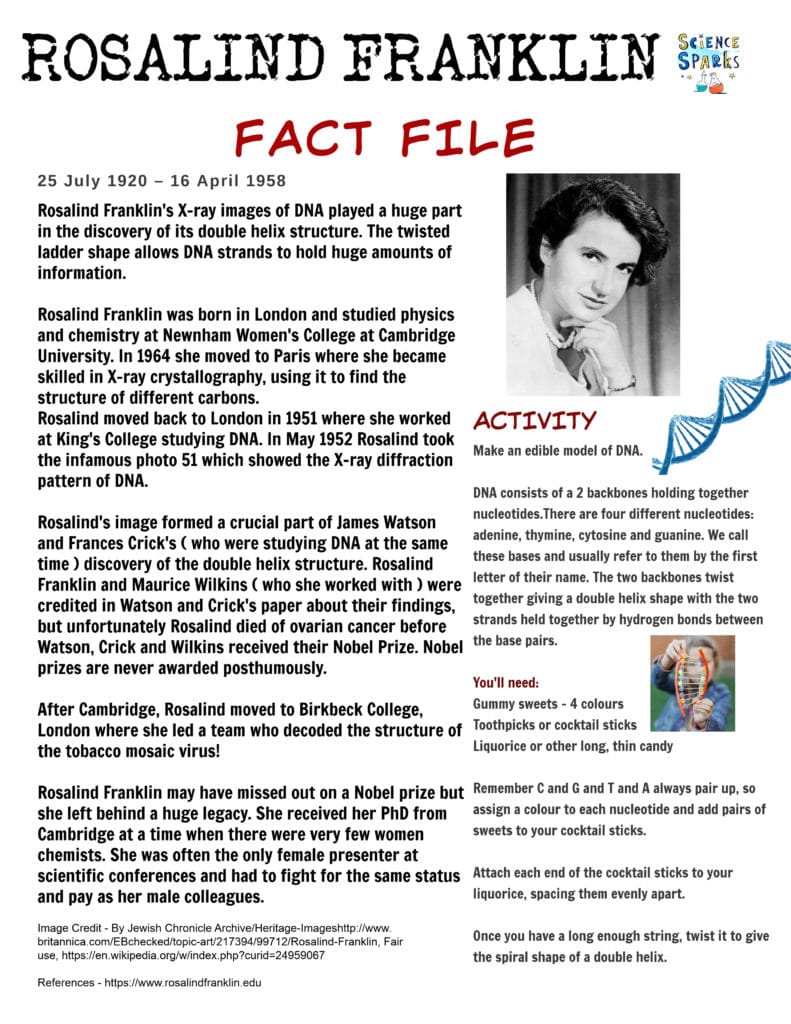

It’s not we’re used to hearing because the version we have is the dramatic Jim Watson version from his book The Double Helix: “Ha-ha! I stole their data!… Little did they know but I had it in my hands.” This is dramatic reconstruction.Ĭomfort: If it were this way, it actually gives the lie to Watson’s sensational account. She presents it as being an equal piece of work - that the two groups, at King’s and at the Cavendish in Cambridge, are effectively collaborating….

It was a very rough draft that the author, named Joan Bruce, had sent to Franklin for fact-checking to make sure she got the science right.Ĭobb: So what Nathaniel immediately picked up on in the Bruce article was the way that she presented the discovery. The sparks started flying, and that was when we found this magazine article from Time that was never published. We started going over them together, bouncing ideas back and forth saying, “Hey, what’s this?”
Rosalind franklin x ray diffraction images result archive#
We weren’t expecting really anything other than just sort of a perfunctory visit when we sat down in this archive room together, and they pulled out the folders. And we decided as a kind of pilgrimage to go and see the Franklin papers in person…. SN: Why did you decide to go through these documents?Ĭomfort: Matthew’s writing this biography of Crick, and I am writing a biography of Watson…. The conversation has been edited for length and clarity. The researchers laid out their findings in a commentary in the April 27 Nature.Ĭobb and Comfort talked with Science News about their new view of Franklin’s contributions. Overlooked letters and a program from a presentation to the United Kingdom’s Royal Society reinforced the idea that Franklin was a willing colleague who understood her data. They uncovered historical documents among Franklin’s papers that they say should change the view of her contribution to the discovery.Īmong the documents was an unpublished article from Time magazine depicting Watson and Crick as a team collaborating with Franklin and Wilkins, who were working as a pair. Cobb is a zoologist at the University of Manchester in England, and Comfort, of Johns Hopkins University, is a historian of science and medicine.

And the rest is history.Įxcept that history is wrong, say Watson and Crick biographers Nathaniel Comfort and Matthew Cobb. Wilkins showed the image to Watson, who is said to have instantly recognized it as proof that DNA forms a double helix. What’s more, Franklin supposedly did not understand the significance of an X-ray diffraction image, taken by her graduate student, that came to be known as Photograph 51. Many people have been outraged by accounts that Watson and Crick used Franklin’s unpublished data without her knowledge or consent in making their model of DNA’s molecular structure.


 0 kommentar(er)
0 kommentar(er)
